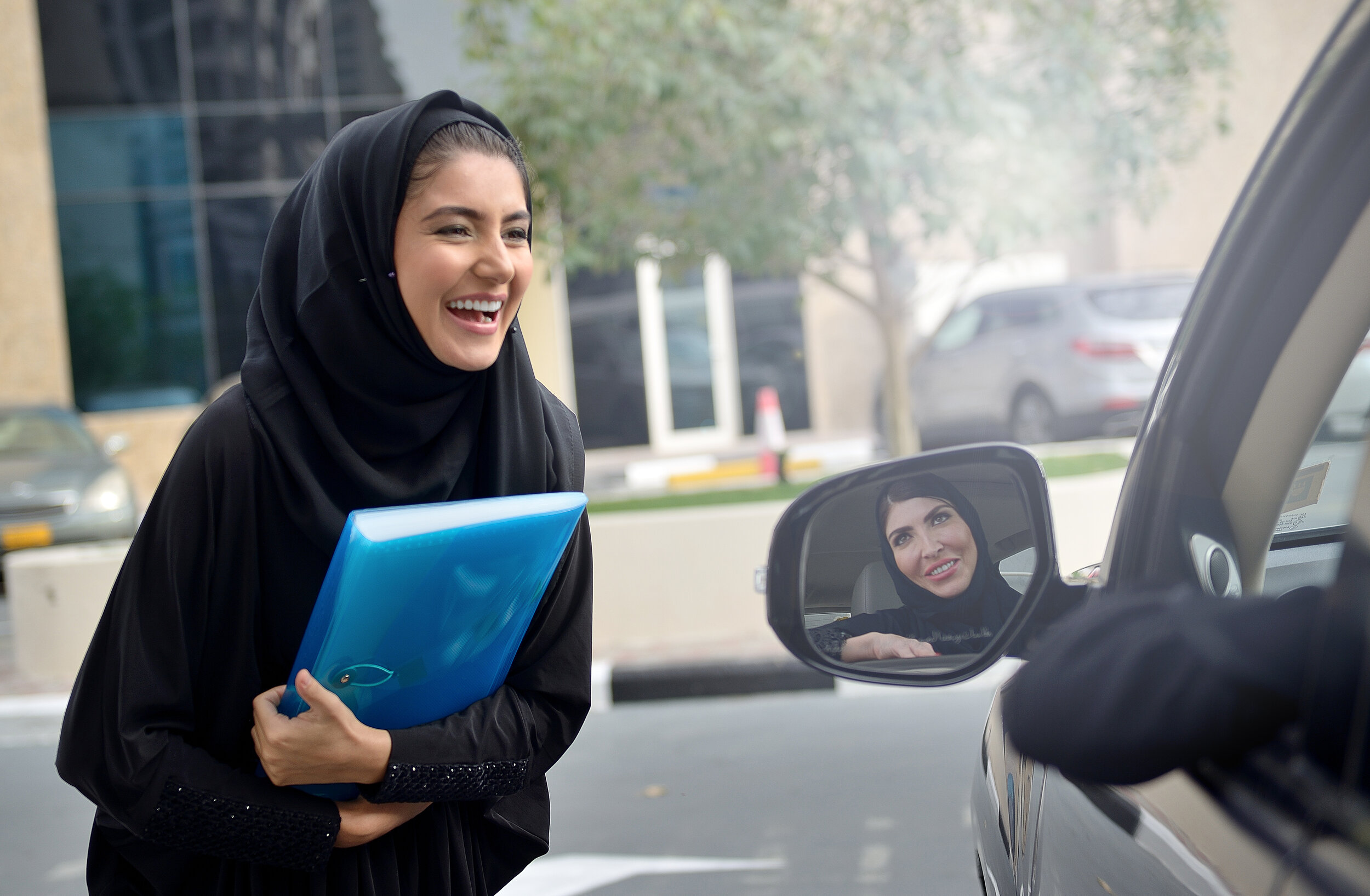Can You Bring Complete Education Systems from One Country And Adopt Them in Another?
Nobody believes that a complete education system can be exported from one country to another. Or at least the Finnish don’t! The context, values and culture together with habits and administrative practices can vary much. However, with the right know-how it is possible to share and exchange good practices between education systems internationally. That is what we like to do in Finland too; share our education excellence with the world. In a perfect situation education export works so that both partners have a shared stake and a chance to learn from each other’s models and practices.
“In Finland we don’t have the history of exporting our educational pedagogy. We have learned to borrow good education practices from abroad and then modified them to fit in with our needs,” says Program Director Jouni Kangasniemi, who works with Education Finland, a governmental education export programme offering Finnish education solutions worldwide. “We wish to use this same approach when other countries seek advice and expert services from Finland. In Finland, we have strong autonomy at the local school level that allows schools and teachers to experiment and test new practices. Here new innovations happen every day”.
One of things the Finns borrowed and then modified is the idea of a national curriculum as a main steering document for schools. Finnish schools do follow this national core curriculum, but it does not have to be followed meticulously.
“The idea of localized curriculum was implemented already in the mid-1990s across Finland,” Kangasniemi explains. “In short, there is a nation-wide curriculum, which can be adapted to a certain degree so it better answers to and meets the local needs and goals. The focus shifts then from content-centric curriculum to locally valued methods and pedagogy. Learning is placed at the heart of all operations”.
The Crisis is An Opportunity
The Covid-19 situation has had an interesting but also very serious effect in the world of education. In part, we have been forced to turn inwards when it comes to our circles of everyday life. This has forced technological development to fast-forward in all areas but specifically in education. We have had to think of truly innovative ways to use technology for learning. We have had to understand how to reach out to those physically far away from us and how to teach and learn with them. We don’t yet know what this really means for education export, but it could bring some great opportunities.
“The Covid situation has really opened up many people’s eyes on all those good opportunities technology can bring to education. When most of the world went into lockdown and distance learning, many parents truly learned to respect the role of school and see how much it really affects family lives,” Kangasniemi says.
Economically, the situation has not been equal for all. “Those tied to physical distance are suffering, but those with more agile ways of operating with the help of digitalization, have even gained with this crisis,” Kangasniemi says.
Great Practices to Export
The Finnish education system needs no introduction. Thanks to Finnish success at PISA-rankings, the Finns are famous for their excellency. But there are a few areas where we are especially fantastic! Firstly, Finns take teacher training seriously. The most important thing is that all our teachers are well trained. All teachers hold a Master’s degree, which provides a good foundation for continuous learning during a teachers career. That in turn helps teachers to be innovative, adaptive and resilient to new situations.
“In the start of a person’s teaching career, we have noticed mentoring is needed to ensure the teacher is set up for success from the start. A method called peer group mentoring can be used in many ways. It is a very effective way of transferring, sharing and producing new knowledge for new teachers,” says Kangasniemi.
The system of peer group mentoring was first piloted in Finland and it is now being exported successfully to other countries.
“Another key area of the Finnish educational system is adopting a preventive approach. We have developed a very specific model in detecting the students who have challenges with learning, and we know exactly how to proceed to help them. Along with this we have a very good system of educating children with special needs. It is important to acknowledge how education benefits them too,” Kangasniemi continues.
These too innovations are being adopted world-wide in teaching, but surely and hopefully in each new place they are introduced, a local twist will be added.
To learn more about Education Finland, please click at www.educationfinland.com





